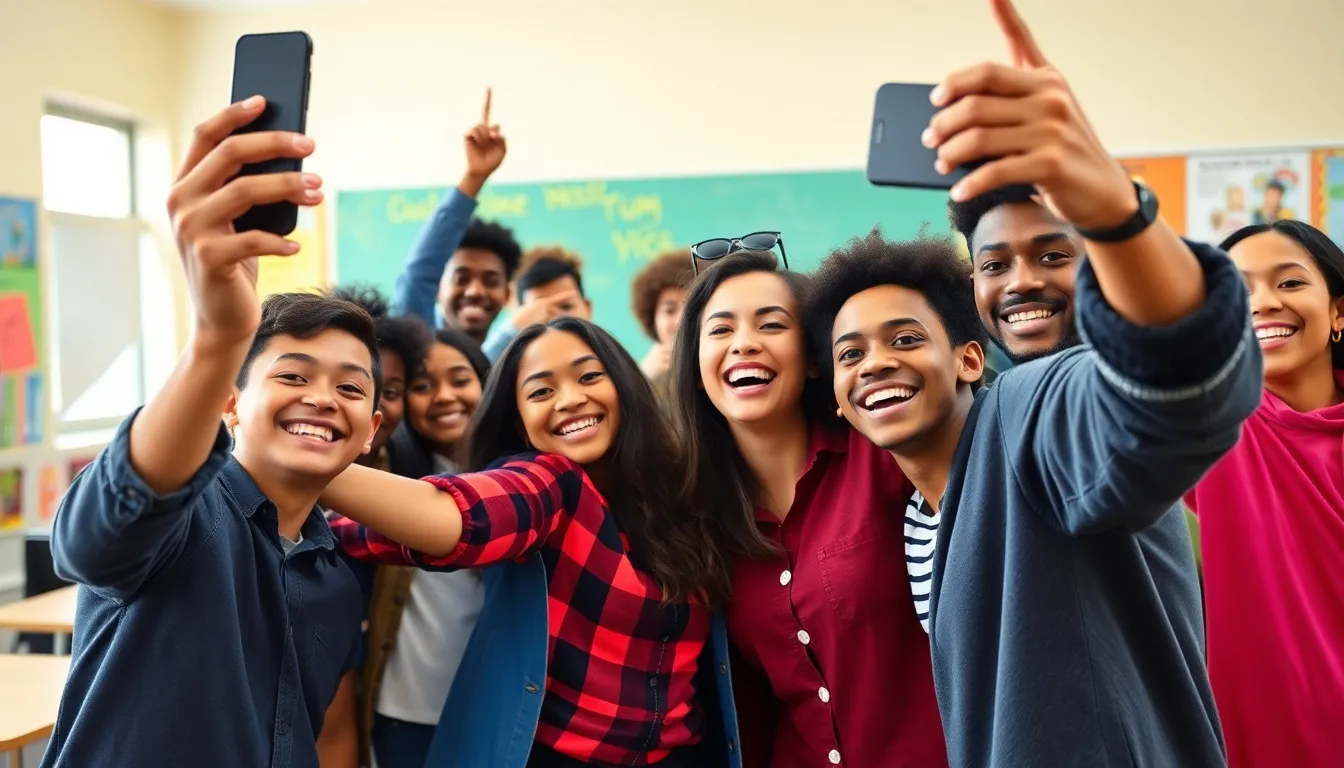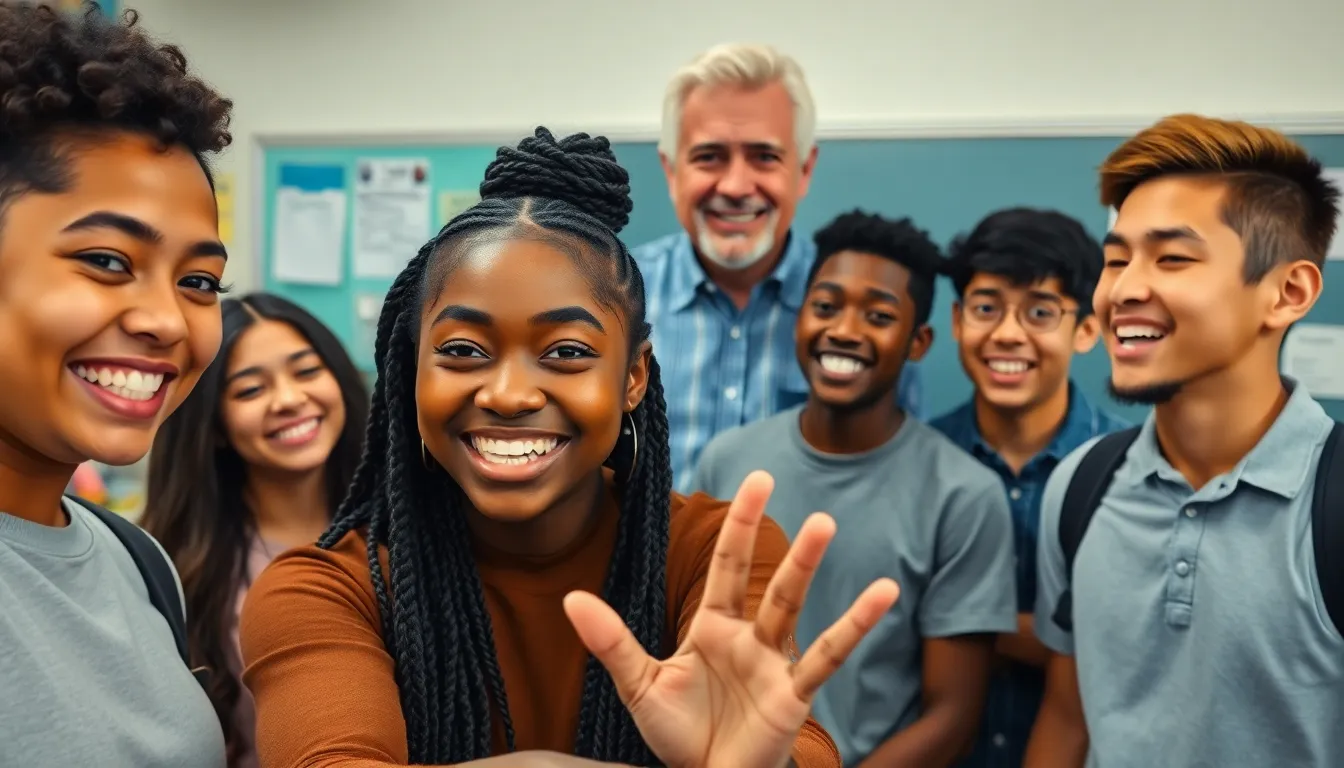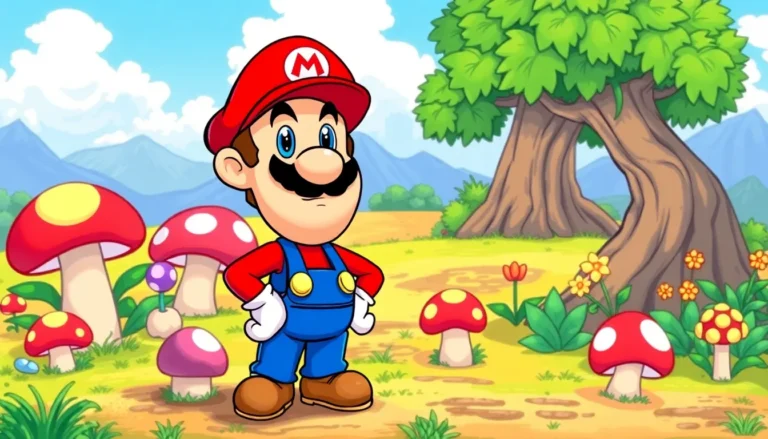In the age of TikTok, classrooms have transformed into stages where students showcase their creativity—and sometimes their mischief. With a few taps on their phones, they’re turning their teachers into viral sensations, often with hilarious results. But what’s driving this trend? Is it a playful rebellion or a genuine appreciation for their educators?
As students craft clever videos that poke fun at classroom antics, they’re not just seeking laughs; they’re redefining the student-teacher relationship. This phenomenon raises questions about respect, boundaries, and the balance between humor and professionalism. Dive into the world where education meets entertainment, and discover how TikTok is reshaping the way students interact with their teachers, one quirky video at a time.
Table of Contents
ToggleOverview of TikTok’s Influence on Education
TikTok significantly shapes educational spaces by altering how students and teachers interact. Engaging content allows students to express themselves while highlighting their educators’ personalities. Humor-infused videos often blur the lines between academia and entertainment, encouraging playful relationships in classrooms.
Feedback from students showcases an appreciation for the lighthearted approach to education. While many find joy in these videos, some educators perceive a challenge in maintaining authority and professionalism. Nonetheless, the platform invites innovation, prompting teachers to adapt their methods.
Students generate a wide variety of content featuring teachers, with formats ranging from challenges to parody. Such creativity fosters engagement, prompting educators to embrace TikTok as a teaching tool. Benefits include increased student motivation and a sense of community in learning environments.
Data shows that TikTok enhances discussions about creativity and respect. Educators adapt by developing their own content, bridging the gap between learning and personal expression. Exploring this trend offers insights into the ongoing evolution of student-teacher relationships in a digital era.
Shifts in the classroom dynamic underscore the importance of balancing humor with respect. Awareness of this change encourages educators to find effective ways to connect with students. TikTok’s role in education illustrates its potential to facilitate meaningful interactions and foster a sense of belonging among learners.
The Trend of Students Targeting Teachers on TikTok

Students increasingly create viral videos featuring their teachers on TikTok. This trend captures creativity and mischief, highlighting how humor influences classroom dynamics.
Examples of Viral Videos
Students engage with their educators through a diverse array of content. Parodies often mimic teachers’ behaviors or catchphrases, while challenges invite others to join in for comedic effect. Some videos showcase teachers participating in popular TikTok trends, sparking enjoyment and relatability. Videos that include funny moments from class resonate widely, accumulating thousands of views and likes. Such content fosters a playful atmosphere, encouraging students to express their personalities while celebrating their teachers.
The Impact on Teacher-Student Relationships
TikTok alters the traditional dynamics within classrooms. Lighter interactions between students and teachers emerge as humor replaces barriers. Many educators witness a newfound appreciation from students, leading to improved rapport. However, students’ playful targeting can present challenges for maintaining authority. Balancing humor and professionalism becomes crucial. Teachers recognize the need to adapt by participating in this social media culture, often fostering deeper connections and creating a sense of community. Data supports that positive relationships enrich learning environments and encourage engagement.
Motivation Behind the Trend
Students increasingly leverage TikTok for humor, targeting teachers through playful videos. This trend emphasizes both entertainment and creativity in the classroom.
Humor and Entertainment
Humor plays a crucial role in the appeal of these videos. Students often focus on creating comedic content that resonates with their peers. Such lighthearted interactions foster camaraderie among students and teachers. Many students find joy in showcasing funny moments, which enhances classroom enjoyment. Engaging with teachers in a playful manner cultivates a more relaxed learning environment. This transformation allows students to express their personalities while promoting positive relationships with educators. Statistics indicate that humor in educational settings contributes to increased student engagement and overall satisfaction with learning experiences.
The Role of Anonymity
Anonymity significantly influences student behavior on TikTok. Many students choose to post content without revealing their identities, which encourages bolder creativity. This lack of accountability often leads to more humorous and exaggerated portrayals of teachers. Such dynamics allow students to explore humor without fear of repercussions. The perceived safety of anonymity can result in a stronger connection among peers, bonding over shared laughter. Anonymity also raises concerns about crossing boundaries with educators, necessitating a balance between fun and respect. Public discussions about these videos often emphasize the need for boundaries, ensuring that the playful nature of the content remains respectful.
Consequences for Teachers
The emergence of TikTok has significant consequences for teachers. Social media interactions can deeply affect educators’ emotional well-being and professional identity.
Emotional and Professional Impact
Teachers often feel vulnerable when students post videos that portray them in humorous or unflattering ways. Distress arises from concerns about reputation and respect in the workplace. Anxiety about losing authority in the classroom can impact their teaching effectiveness. Emotional distress may also lead to burnout, diminishing job satisfaction. Positive relationships benefit when humor fosters a playful environment; however, it can simultaneously blur professional boundaries. Reports indicate that teachers experience a mix of amusement and discomfort when engaging humorously with students. Striking a balance between comedic engagement and maintaining professionalism becomes vital to preserving respect.
School Policies and Responses
Schools face challenges in creating policies to address TikTok’s influence on teachers. Some institutions implement guidelines that promote respectful behavior online. Clear protocols may define acceptable content regarding teacher interactions on social media platforms. Responses vary, with some schools opting for prohibition, while others encourage creativity in classroom settings. Regular training sessions about social media etiquette can help foster appropriate usage among students. Engaging teachers in discussions about challenges contributes to the development of effective policies. Data suggest that schools supporting positive interactions between students and faculty improve overall classroom dynamics.
The rise of TikTok has undeniably reshaped the landscape of student-teacher interactions. As students find joy in creating humorous content featuring their educators, it fosters a unique bond that enhances classroom dynamics. While this playful engagement can lead to a more vibrant learning environment, it also necessitates a careful balance between fun and professionalism.
Educators are encouraged to embrace this trend while remaining mindful of boundaries. By developing policies that promote respectful behavior, schools can harness the positive aspects of TikTok while mitigating potential challenges. As the educational landscape evolves, adapting to these changes will be crucial for nurturing healthy relationships and effective learning experiences.




